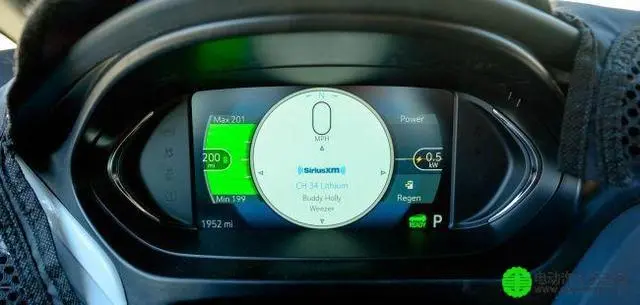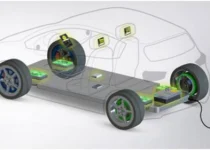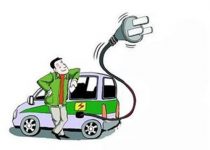How can electric vehicle range anxiety be addressed?

Range anxiety refers to the concern that an electric vehicle (EV) may run out of battery power before reaching its destination or a charging station. This can be a significant barrier to EV adoption for some potential buyers. Here are some ways to address range anxiety:
- Increase battery capacity and range: Technological advancements in battery chemistry and design can lead to higher energy density and more extended driving range, reducing concerns about running out of power during daily commutes or longer trips.
- Expand charging infrastructure: Building more public charging stations, especially fast-charging stations, can help ensure that EV drivers have convenient access to charging options when needed. This can alleviate concerns about finding a suitable charging point during trips.
- Improve charging speeds: Faster charging technologies can reduce the time required to recharge an EV, making it more convenient for drivers to recharge during stops on longer trips and helping to alleviate range anxiety.
- Optimize route planning: Advanced navigation systems integrated with real-time charging station information can help EV drivers plan their trips more efficiently, ensuring they have sufficient battery power and access to charging stations along their route.
- Educate consumers: Providing accurate information about EV range capabilities, charging options, and practical strategies for managing battery life can help potential buyers better understand the capabilities and limitations of EVs, reducing concerns about range anxiety.
- Offer plug-in hybrid alternatives: For drivers who are not yet ready to commit to a fully electric vehicle, plug-in hybrid vehicles (PHEVs) offer a compromise, combining a limited all-electric range with a gasoline engine for extended trips. This can help alleviate range anxiety while still providing some of the benefits of electrification.
- Develop battery swapping stations: In some regions, battery swapping stations are being explored as an alternative to traditional charging stations. These facilities enable drivers to swap their depleted battery for a fully charged one within a few minutes, reducing the time spent waiting for a charge and addressing range anxiety concerns.
- Vehicle-to-vehicle (V2V) charging: In the future, V2V charging technology could enable electric vehicles to share energy with each other, providing an additional source of power in situations where charging stations are not readily available.
As electric vehicle technology and charging infrastructure continue to improve, range anxiety is expected to become less of a concern for potential EV buyers. Increased battery capacity, faster charging options, and the expansion of charging networks will contribute to a more seamless EV ownership experience and help address concerns about driving range.


